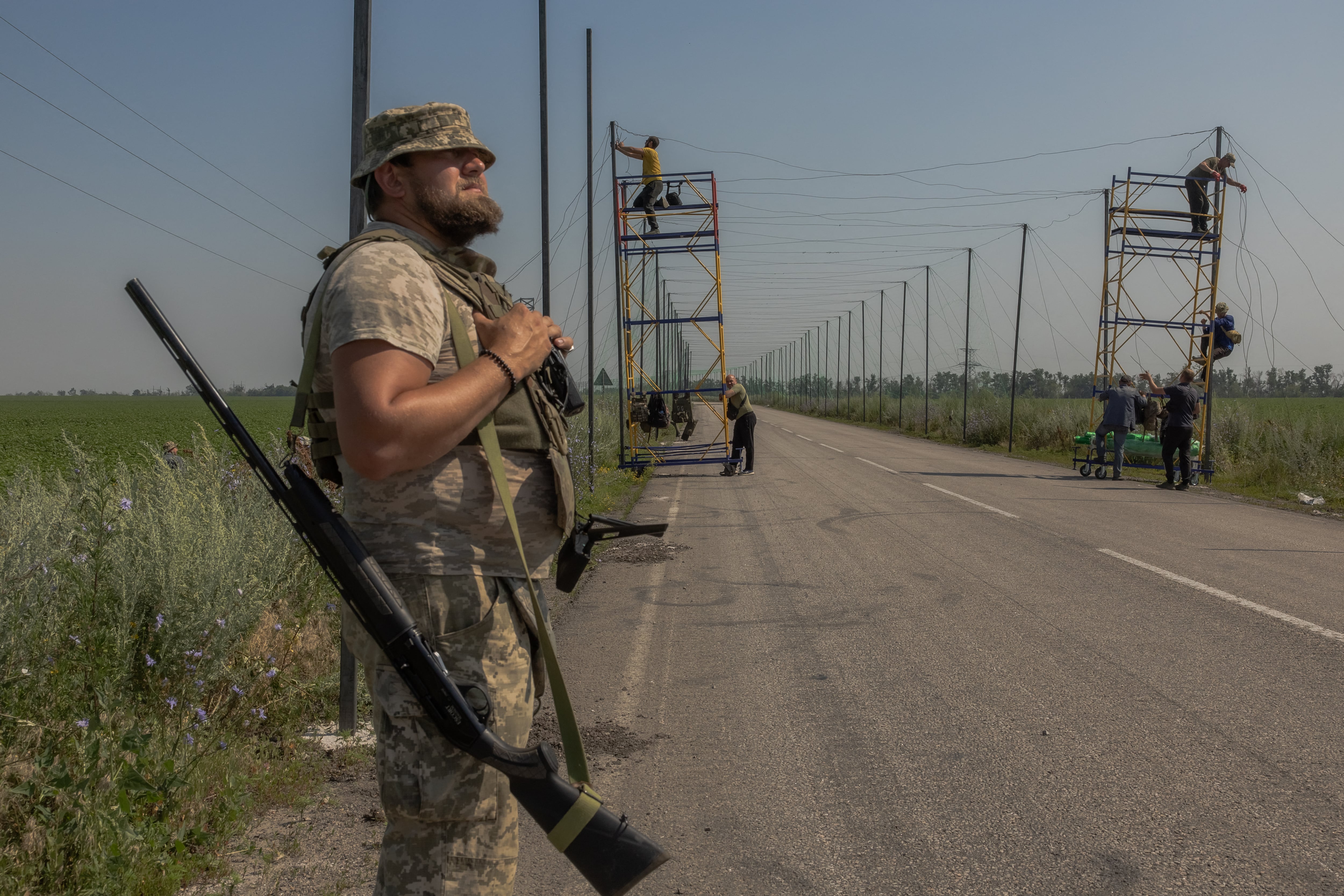Following nearly two decades of combat aimed at what’s commonly described as a “semi-permissive environment,” the military is coming to grips with the fact it’s systems and its techniques might not be survivable in future wars.
“We didn’t have to fight to get to the fight. We just went. We haven’t had to fight to get to the fight since World War II,” Commandant of the Marine Corps Gen. Robert Neller said this summer at Modern Day Marine.
[Marines take multi-domain battle to the littorals]
In the future, Neller said, “it’s going to be a land, air, sea operation, but it’s going to involve space, it’s going to involve information, it’s going to involve the electromagnetic spectrum; all things that we haven’t had to think about in the past 15 to 20 years.”
Against that backdrop, this week, at the Charleston Defense Contractors Association Defense Summit naval and maritime leaders will discuss a range of technological solutions that may be necessary for this future operating environment. This could include redundant tactical communications networks to navigation in degraded environments to non-kinetic effects that can disrupt enemies.
Formerly known as the C5ISR Summit, the CDCA Defense Summit – held in Charleston, SC this week – will bring together naval, defense and private sector leaders and thinkers in from the tactical to strategic level to discuss a theme focused on “Powered by Technology, Energized with Community.”
At last year’s summit, Rear Adm. Dave Lewis, then the commander of Space and Naval Warfare Systems Command, unveiled SPAWAR’s draft strategic plan, which he said “drilled down one more level,” and “clearly identified our weak areas and we’re drilling down to very specific areas.”
[SPAWAR unveils draft 2017 strategic plan]
Davis’s replacement, Rear Adm. Christian Becker, will deliver one of the keynote addresses as well as renowned futurist PW Singer, among other speakers from government and private industry.
This year, be on the lookout for stories that build upon military planning at the strategic level but get down and dirty at the tactical level where warfighters will undoubtedly be challenged by a bevy of confounding tactics such as jamming, spoofing, unconventional ISR from small UAS and even cyber attacks.
While many leaders have been keen to identify the problems and challenges in future operating environments, be on the lookout for how to get to the solution.
Mark Pomerleau is a reporter for C4ISRNET, covering information warfare and cyberspace.








